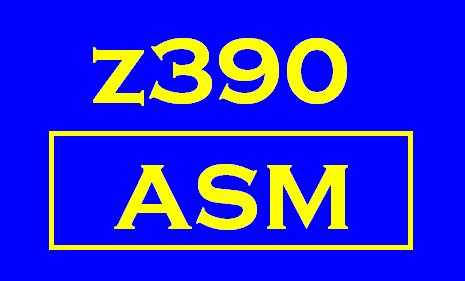
z390 Service Oriented Architecture Application Generator Support

 |
z390 Service Oriented Architecture Application Generator Support |
 |
|
System Oriented Architecture (SOA) is a software design model to address the need to share and reuse application components across diverse applications and network users (see references). z390 now includes tools to enable users to generate low level SOA type z390 client server assembler applications which run on any platforms supporting J2SE and TCP/IP sockets. No other frameworks or languages such as XML or C are required. z390 includes a TCPIO macro and svc x'7C' to support client and server TCP/IP messaging using sockets. z390 programs can open up to 10 server ports and 10 client ports. z390 programs can support up to a total of 20 client connects to servers ports. A z390 demo application consisting of a main program DEMOMAIN.MLC which calls 2 subroutines DEMOSUB1.MLC and DEMOSUB2.MLC are included in new SOA directory. As a base line, the demo can be assembled, statically linked, and executed locally using the command SOA\DEMO\DEMOSTD.BAT. Then the demo can be generated as an SOA client server application, assembled, linked, and executed using the command SOA\DEMO\DEMOSOA.BAT. The demo SOA application generation is driven by the user defined SOAGEN macro call:
SOAGEN MAIN=DEMOMAIN, MAIN CLIENT APPLICATION PGM
X The z390 SOA application generation macros create the following source files from the above:
The z390 SOA generated command DEMOBLD.BAT builds the following executables:
The demo SOA client server application has been run on single CPU, local LAN connected client and server PCs, and again on wireless LAN connected client and server PC's. The demo application client has also been run in parallel with other copies of the client on different processors sharing the same demo server to demonstrate the multiple client connection support. The z390 SOA demo timing statistics shown in the z390 SOA User Guide show that after initial transaction, the average overhead for the z390 SOA TCP/IP messaging is about 2-3 milliseconds. For complex services performing I/O to databases, this overhead is relatively negligible compared to the major benefit of simplifying the sharing and maintenance of services across diverse applications and users. References:
|
This page last updated
Monday March 05, 2007.
Webmaster
Sitemap
Copyright 2006 Automated Software Tools Corporation